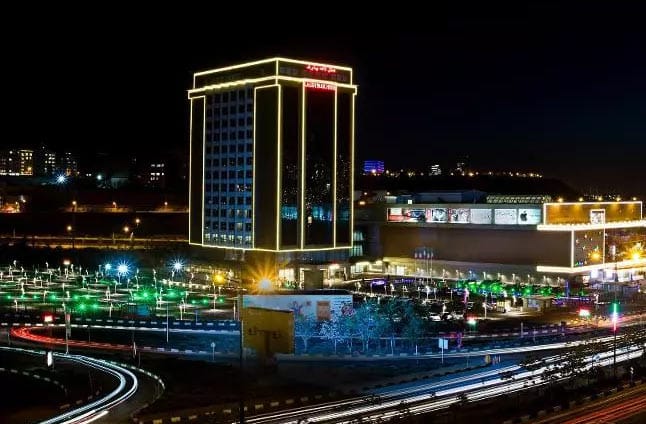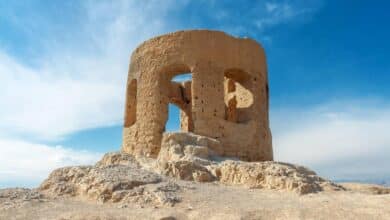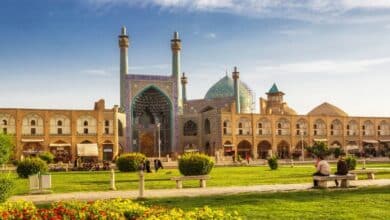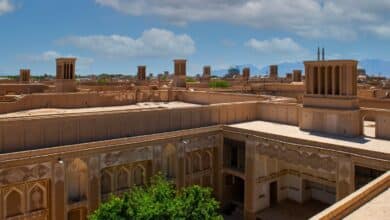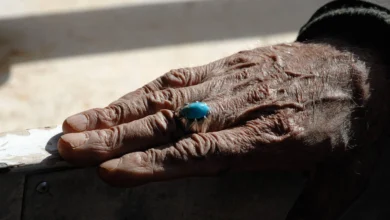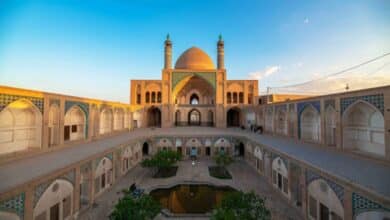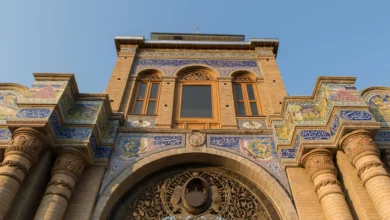Qajar Museum in Tabriz: Amir Nezam House’s Elegant Past
Exploring the Qajar Legacy: The Elegance of Amir Nezam House
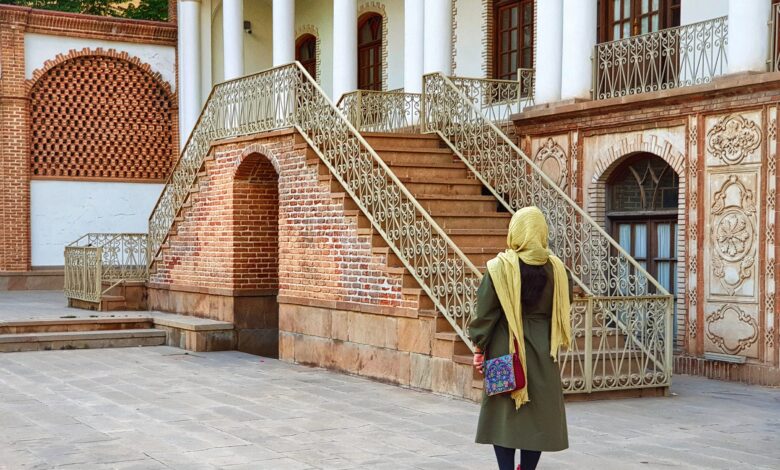
Tabriz, a city renowned for its rich history, boasts a treasure trove of architectural marvels, and the Qajar Museum, housed in the Amir Nezam House, stands out as a masterpiece of the Qajar era. This elegant residence-turned-museum ranks among the top attractions in Tabriz and holds a place on Iran’s National Heritage List.
Known for its distinctive Qajar-style architecture, compelling historical narrative, and the fascinating artifacts it preserves, the museum offers a captivating blend of history, art, culture, and politics. For travelers eager to explore Tabriz’s storied past, this landmark promises an enriching experience.
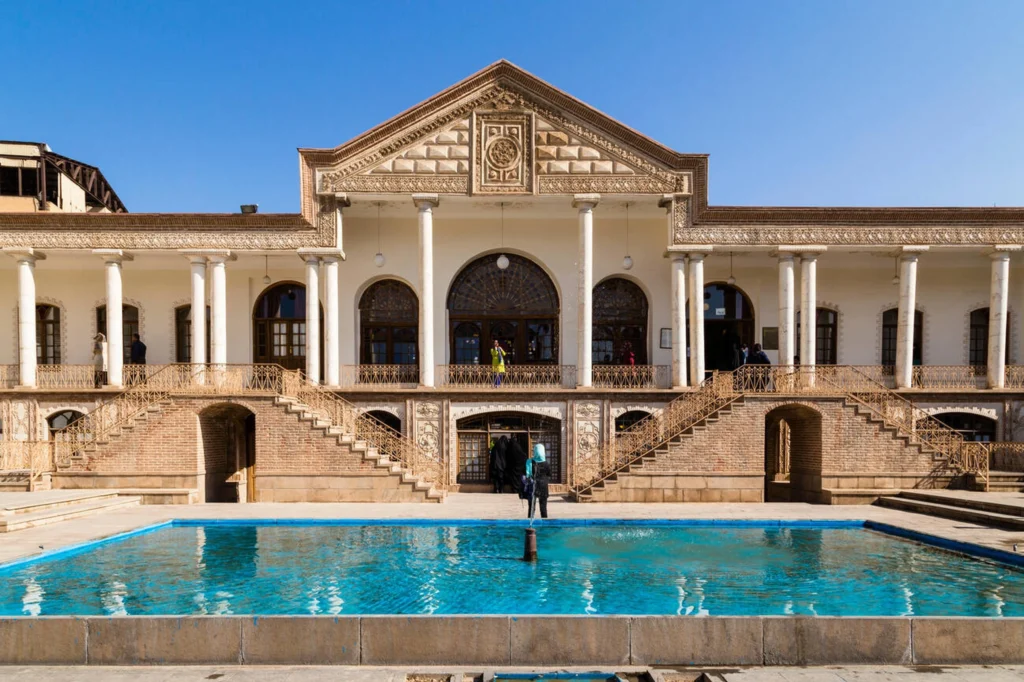
Contents
A Glimpse into the Qajar Museum
The Qajar Museum, also called the Amir Nezam House or Tabriz Qajar Mansion, once served as the private home of Hassan Ali Khan Garrousi, better known as Amir Nezam Garrousi—a prominent minister, diplomat, and writer under Naser al-Din Shah, the fourth Qajar king.
Constructed during his reign in the mid-19th century, this grand estate reflects the opulence of its time. In 1991, Iran’s Cultural Heritage, Handicrafts, and Tourism Organization acquired the property, restoring it over years to open as a museum in 2006. Today, its historical significance, architectural beauty, and curated exhibits draw visitors from around the world.
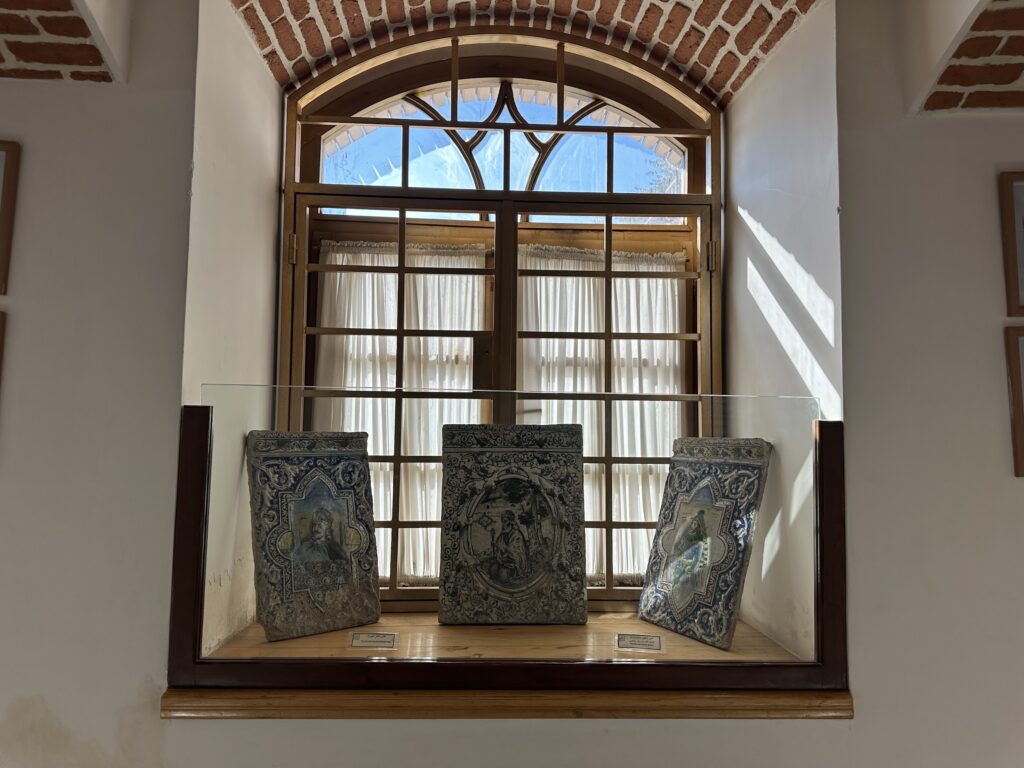
Where to Find the Qajar Museum
Located in Tabriz’s Sheshgelan neighborhood—part of Municipal District 10—the Qajar Museum sits beside the Children’s Hospital and behind Sheikh Attar School. Accessing it is simple: drive via Chaykenar Street and Qari Bridge, then head to Seqat-ol-Eslam Street, where the museum lies on a side street off Shahriar Alley.
Public transport options include the Sayyed Hamzeh bus stop (650 meters away, an 8-minute walk) or the Sheshgelan metro station on Line 2 (800 meters, a 10-minute walk). For precise hours and entry fees, call the museum at +98 41 3523 6568.
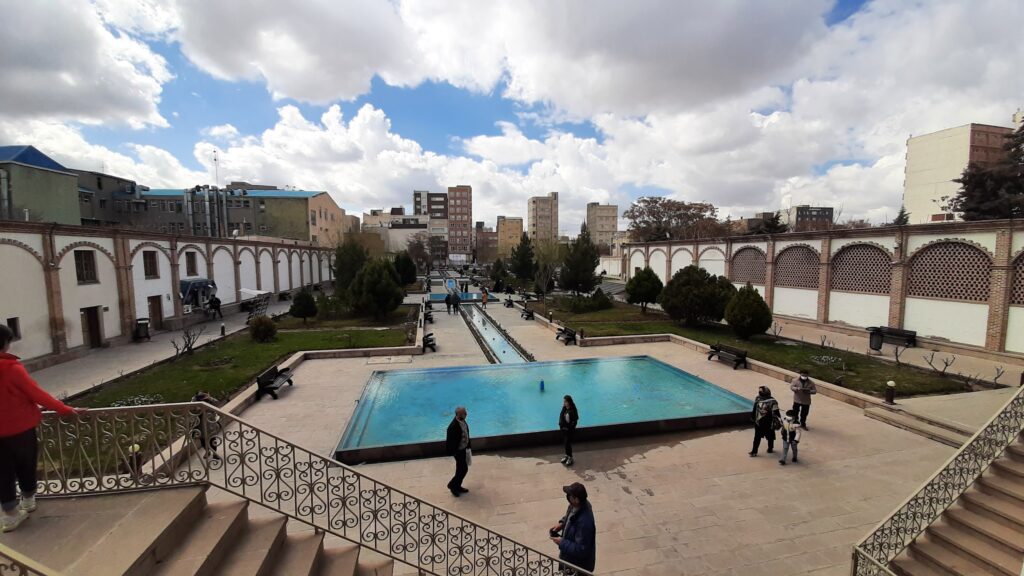
The Historical Roots of Amir Nezam House
Originally built as a personal residence for Amir Nezam Garrousi, the house reflects the grandeur of Qajar domestic life. After his death and the fall of the Qajar dynasty to the Pahlavi regime, the property shifted roles, briefly housing the Finance and Culture Departments. By 1995, the Cultural Heritage Organization purchased it, registering it as a national treasure.
Though parts of the original estate succumbed to neglect over time, the restored section now shines as the Qajar Museum, preserving its traditional charm and historical essence.
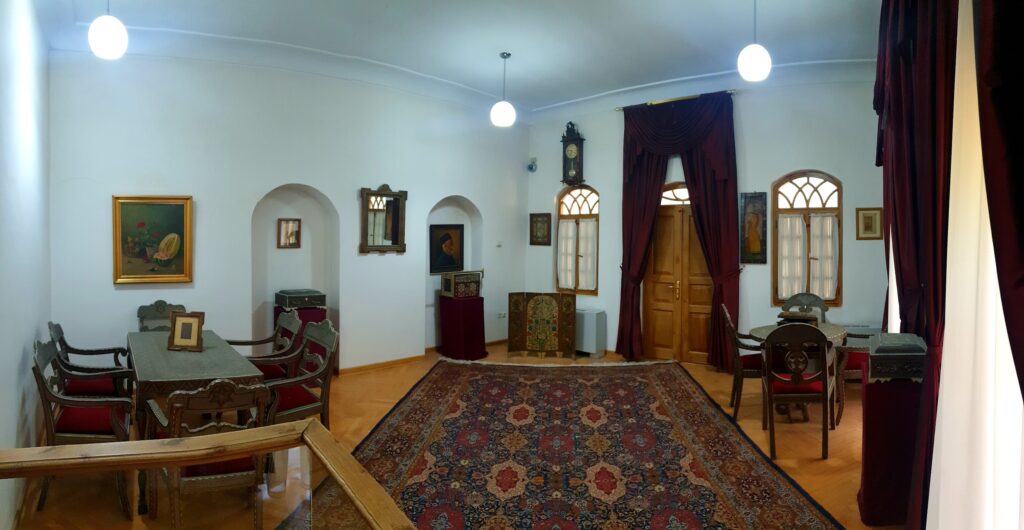
Who Was Amir Nezam Garrousi?
Hassan Ali Khan Garrousi, or Amir Nezam, emerged as a towering figure in Qajar Iran. Born in Bijar to a notable family—his father, Mohammad Sadeq Khan, served Fath Ali Shah—he excelled as a statesman, diplomat, and scholar.
Garrousi held influential posts: ambassador to England, Austria, the Ottoman Empire, and France; overseer of students sent to Europe; and governor of regions like Azerbaijan, Kurdistan, and Kermanshah.
His contributions ranged from introducing coin-minting machines and postage stamps to funding schools like Moshafarieh and Rashidieh in Tabriz. A skilled calligrapher, he also oversaw the printing of classics like Kalila wa Dimna and Saadi’s Golestan.
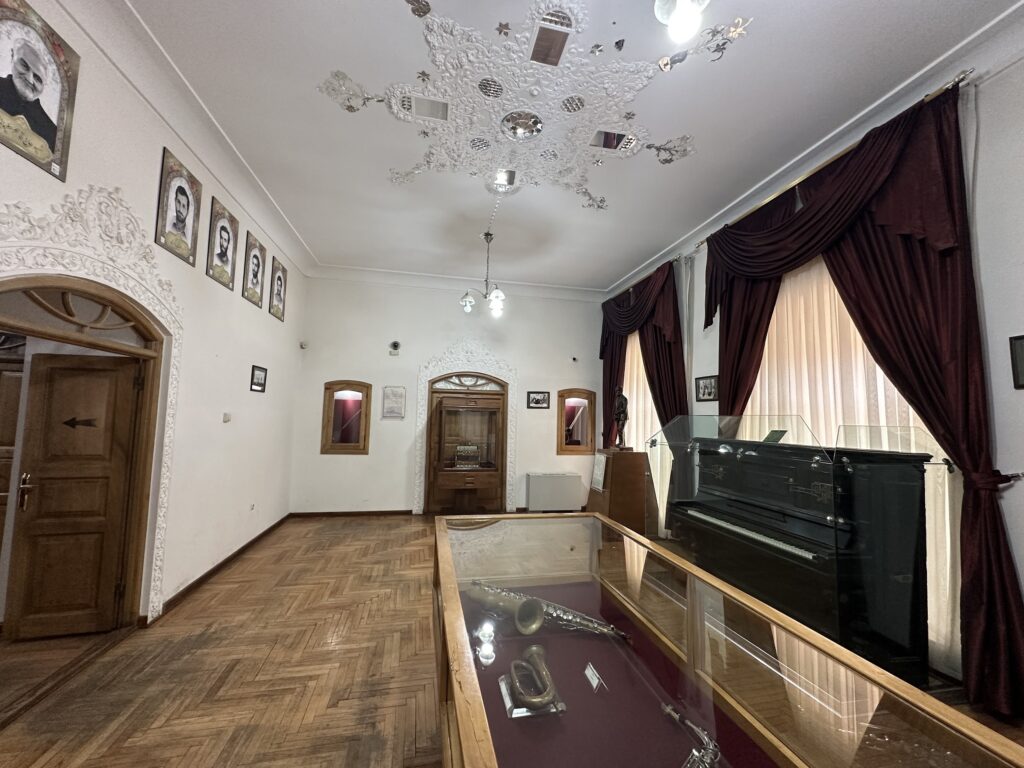
Architectural Elegance of the Qajar Era
The moment you step into the Qajar Museum, its architecture commands attention. Spanning 3,000 square meters, with a 1,500-square-meter footprint, the house features inner (andaruni) and outer (biruni) sections—a hallmark of Qajar design.
A sweeping veranda, a sprawling courtyard with a large blue pool, and a basement with a traditional pool house (hoz khaneh) define its layout. Twin staircases flank the main entrance, leading to a two-story structure built from stone, cement, and iron.
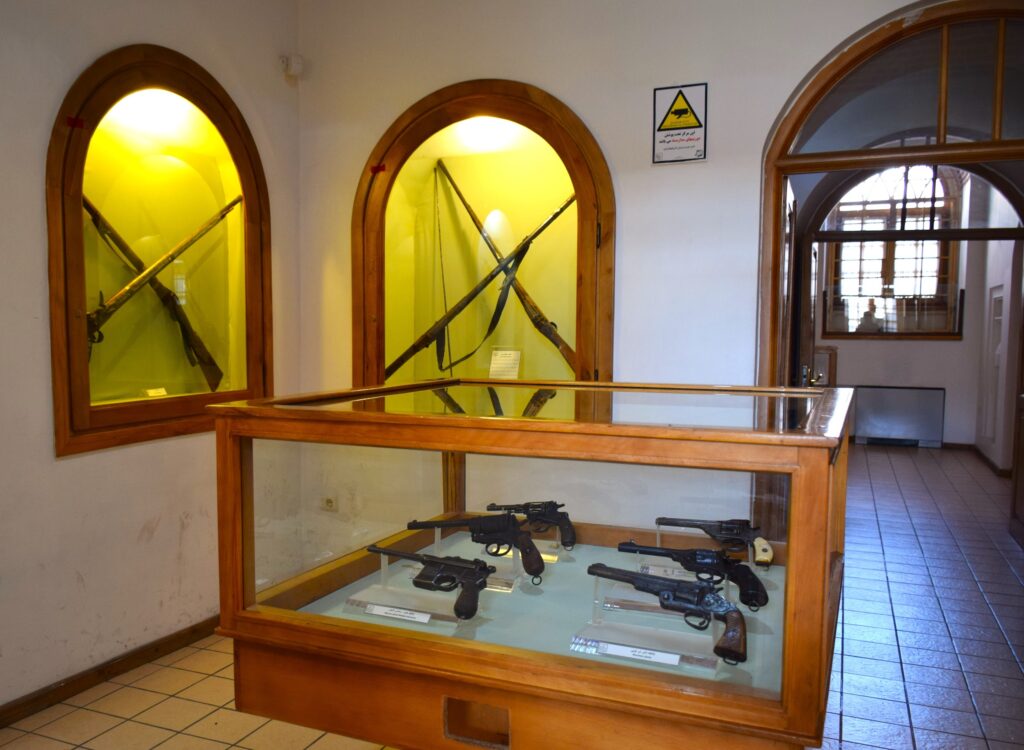
Distinctive Features
Qajar artistry shines in every detail: seven-color tilework, vibrant glazes, plaster moldings, carved wooden accents, and stained-glass windows in red and purple hues. The grand veranda rests on intricately plastered columns, while the pool house—a summer retreat shaped as an octagon—features a central basin and windcatchers to cool the air. Mythical and royal motifs adorn the tiles, and mirror work adds a dazzling touch, reflecting the era’s obsession with grandeur.
Exploring the Museum’s Sections
The Qajar Museum organizes its treasures across multiple halls, each named for the artifacts within. Beyond its architecture, statues of Qajar notables like Abbas Mirza, Amir Kabir, and Amir Nezam himself greet visitors, adding a personal touch to the historical narrative.
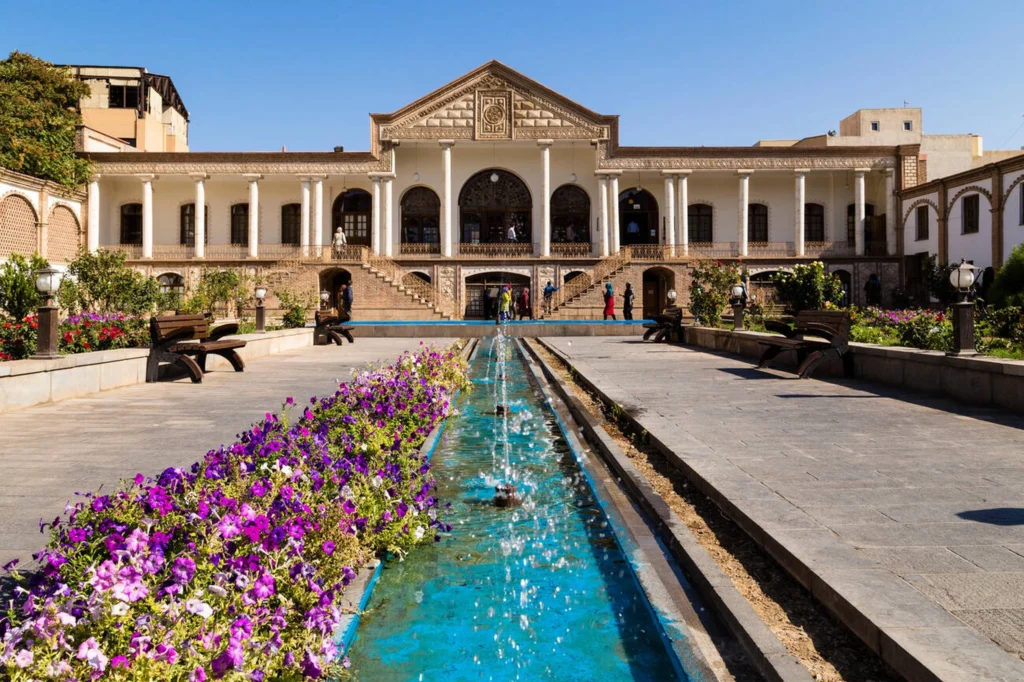
The Courtyard
The courtyard captivates with its central blue pool framed by flowers, reflecting the mansion’s colorful windows—a photographer’s dream. Narrow channels extend water to other garden areas, enhancing the serene ambiance.
The Basement
Downstairs, the pool house steals the show with its ornate plaster columns and brick-vaulted ceiling. Adjacent halls include:
- Architecture and Urban Planning Hall: Showcasing design relics.
- Notables and Decrees Hall: Highlighting historical figures and edicts.
- Lantern Hall: Displaying period lighting.
- Weapons Hall: Featuring antique arms.
- Stone Hall: Presenting carved stones.
- Lock Hall: Exhibiting vintage locks.

The Inner Quarters (Andaruni)
The andaruni, once home to women and servants, dazzles with mirrored walls, stained-glass lattice windows, and plastered columns. It includes a kitchen and storage rooms, offering a peek into daily life.
The First Floor
The main museum resides here, with halls dedicated to:
- Music Hall: Instruments from the era.
- Metals Hall: Metalwork artifacts.
- Glassware Hall: Delicate vessels.
- Porcelain Hall: Fine china.
- Coins Hall: Currency collections.
- Textiles Hall: Woven goods.
- Inlay Hall: Khataam-crafted items.
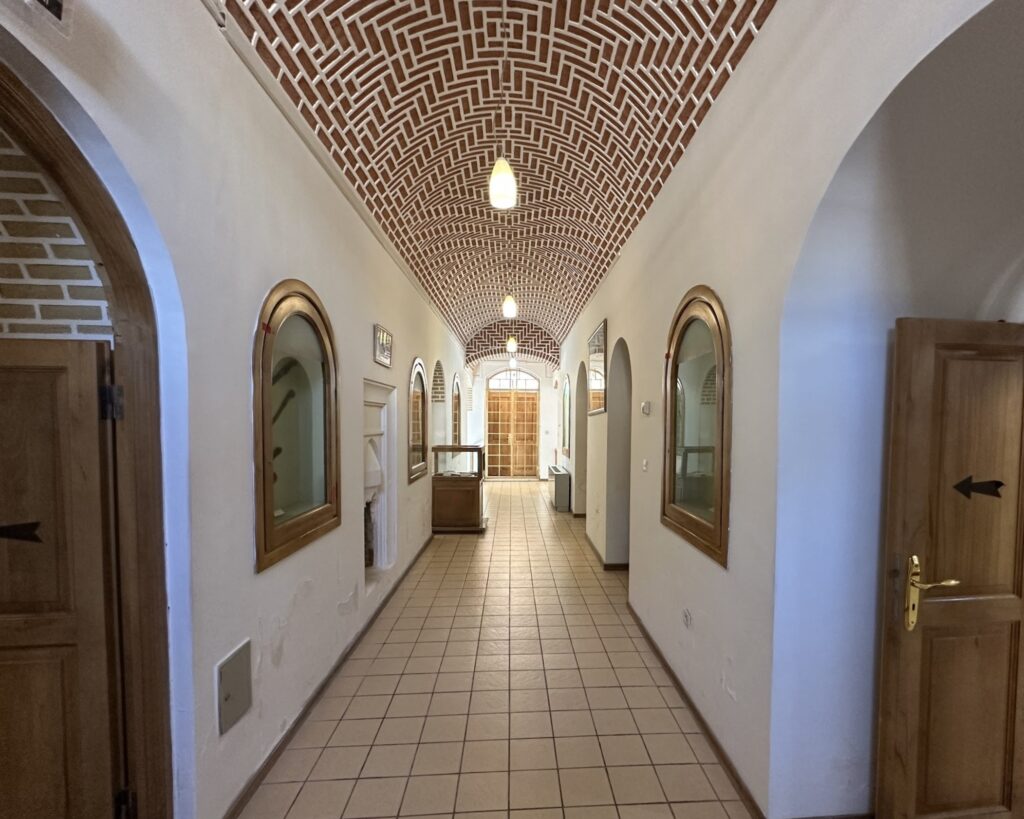
Artifacts of a Bygone Era
The Qajar Museum brims with relics: Amir Nezam’s personal effects, kitchen tools, coins, inlaid objects, metal instruments, glass and porcelain wares, musical instruments, textiles, old photos, and Naser al-Din Shah’s first camera. Weapons and statues round out a collection that fascinates history lovers.
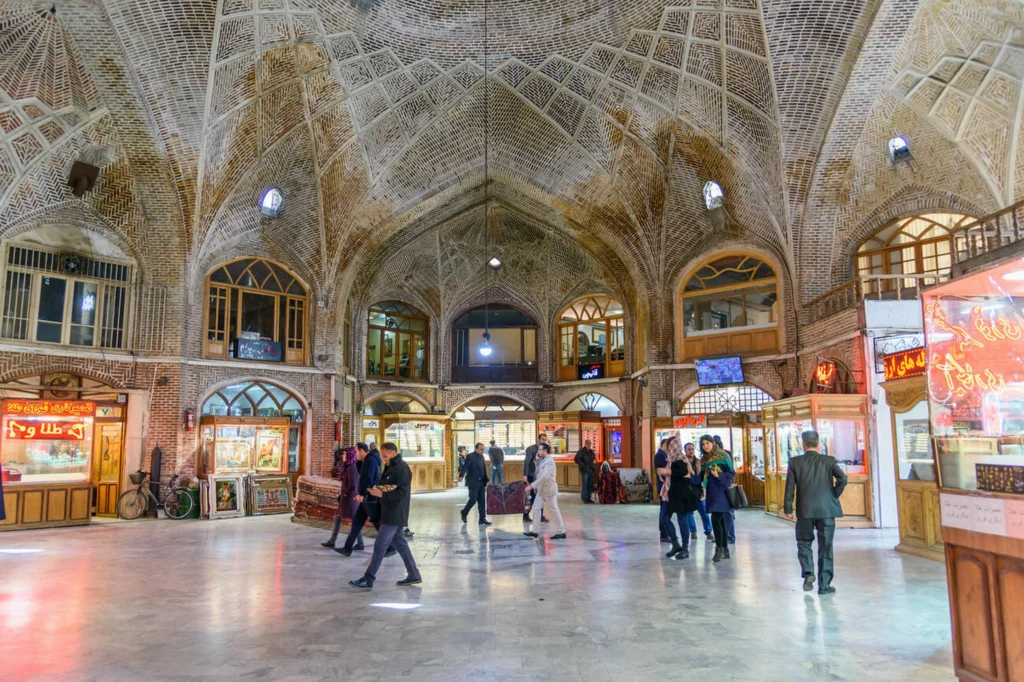
Nearby Attractions
The museum’s prime location invites further exploration:
- Behtuni Museum (350 meters, 5-minute walk): A quirky showcase of food-themed sculptures by artist Ahmad Behtuni, open 9:00–14:30, free entry.
- Tomb of the Poets (Maqbarat-o-Shoara) (450 meters, 6-minute walk): A serene resting place for over 400 poets, blending history and mysticism.
- Tabriz Pottery House (1 km, 15-minute walk): A Qajar-era home-turned-museum, free to visit 9:00–16:30, closed Fridays.
- Parvin Etesami House (1.2 km, 17-minute walk): The poet’s birthplace, open 9:00–14:00.
- Tabriz Sound Museum (2.2 km, 30-minute walk): Iran’s only music museum, open 9:00–19:00.
- Tabriz Grand Bazaar (1.8 km, 20-minute walk): A UNESCO-listed market, open 10:00–17:00, except Fridays.
Location
Planning Your Visit
The Qajar Museum operates daily from 9:00 to 18:00, though occasional closures for maintenance may occur—call ahead to confirm. Midweek mornings offer quieter visits, while June and October provide ideal weather, avoiding Tabriz’s hot summers and cold winters. Allow 2–3 hours to explore fully. Photography without flash is permitted.
Where to Stay
Options abound: the boutique Mirza Mehdi Farash Bashi Hotel, the upscale Tabriz International, or budget-friendly Hotel Deniz. Hotel apartments like Nobar and Elif cater to longer stays.
The Qajar Museum in Tabriz offers more than a glimpse into the past—it’s a celebration of elegance and legacy. Whether you’re drawn to architecture, history, or culture, Amir Nezam House delivers an unforgettable journey. Plan your visit today and step into Tabriz’s Qajar splendor.
